Opinion
Let’s fix our trade statistics
0 0 Google +0 0
 |
Posted on January 24, 2017
There are many stories from the private sector about the unreliability of some export statistics. The latest was about the halving of banana exports in 2015 from 2014. Despite the drought, these numbers were not as credible as the players in Davao confirmed otherwise.
This brief discusses three cases — banana, pineapple, and rubber tires. The data, which will cover Philippine exports and buyers’ imports from the Philippines, is from the United Nations (UN) Trademap. The UN uses the data from the Philippine Statistics Authority (PSA) for Philippine transactions.

|
RELATED STORIES
 M. A. P. Insights — Rolando T. Dy: “Growing agriculture to reduce poverty: The simple math”
 M. A. P. Insights — Pacita U. Juan: “Women in tech”
 M. A. P. Insights — Pacita U. Juan: “Why go public?”
 M. A. P. Insights — Marife B. Zamora: “Working together to achieve inclusive prosperity”
 M. A. P. Insights — Rolando T. Dy: “The ASEAN race toward $250-M and $500-M exports”
|
BANANA
The Philippines reportedly exported 1.22 million (M) tons ($440 million) in 2015, a massive fall from 7.93M tons ($1,137M) in 2014, and 3.27M tons ($963M) in 2013.
In 2015, the Philippines exported 898,000 tons to key country markets as compared to 2,020,000 tons bought by the main partners. It was also down 87% versus only six percent based on purchases by importing countries.
Export to Japan in 2014 was unbelievable at 5.35M tons. The 80,000 hectares of Cavendish areas in Mindanao could not produce that much yield (almost 100 tons per hectare)!
My hypothesis is that the PSA data were only for the first half of 2015.
Export and import data are bound to have some variations but a 20% to 25% difference appears suspect.
PINEAPPLES
A similar story can be told regarding large quantity differentials in 2015 between what the Philippines exported and what the key countries bought. As per Philippine data, exports fell 37% in 2015 over 2014. With respect to imports of main trading partners, shipments only fell by six percent.
RUBBER TIRES
The country exports nearly $300M a year of rubber tires. However, they are not reflected in Philippine export statistics. There is only one major tire exporter in the Philippines — Yokohama Rubber, located in Clark Economic Zone. Very likely, the PSA does not collect export and import data of locators in ecozones.
Even imports of crumb rubber were not reflected in Philippine statistics. In 2015, Indonesia and Thailand exported over 10,000 tons of crumb rubber ($14.5M). These did not appear in Philippine official data, either.
WHAT TO DO?
There is a need to fix our trade statistics. Accurate and timely data are crucial to making the right decisions. It will be good for PSA to keep an accurate record of export shipments from the ports and ecozones. If more personnel are needed to access Customs data, so be it.
Moreover, government needs to consider the views of the industry players on the export trends. This way, the country will have better reading of export performance.



The article reflects the personal opinion of the author and does not reflect the official stand of the Management Association of the Philippines or the M.A.P.
Rolando T. Dy is the vice-chair of the M.A.P. AgriBusiness and Countryside Development Committee, and the executive director of the Center for Food and AgriBusiness of the University of Asia & the Pacific.
